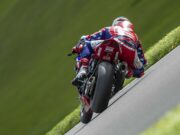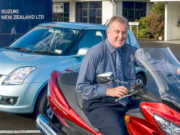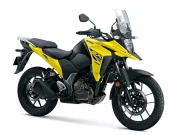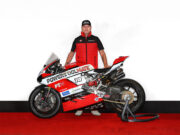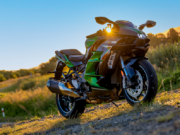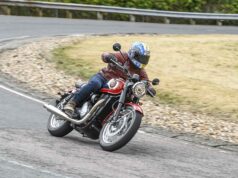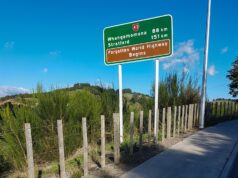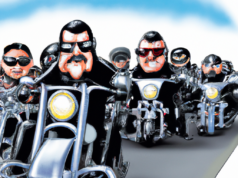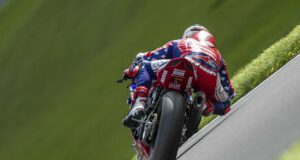So what’s it like on the inside, in a place where bikes are born? We snuck inside the walls of the former Husqvarna facility where SWM produce their machines…
Words and Pics: Mat
I never thought I’d get the whole factory tour of a manufacturing plant, especially not one that is quite literally on the other side of the world from home. But that’s where I found myself while in Italy for the SWM press launch.
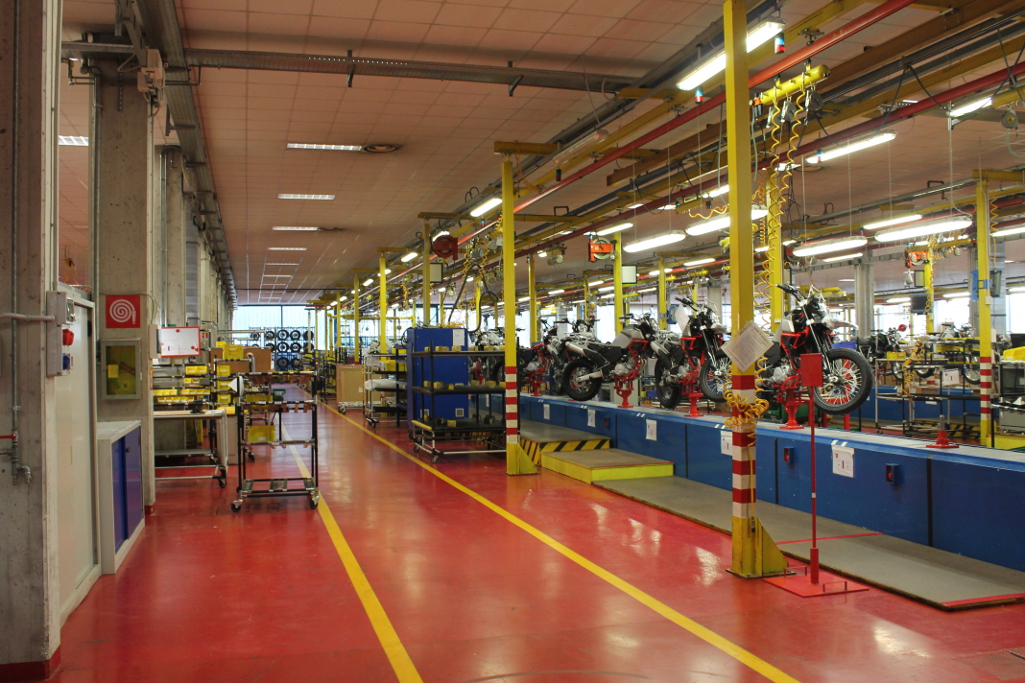
SWM if they’ve escaped your notice, were initially a dirt bike manufacturer, who like many bike companies in Europe, went bust in the 1980s. They were revived in 2014 through the work of Ampelio Macchi and with investment from the Chinese firm Shineray Group, who together took over the former Husqvarna factory in Varese, just by the border with Switzerland in Northern Italy.
The factory itself is the former BMW era Husqvarna factory which became excess to requirements when KTM took over, as the Austrian firm moved Husqvarana production to Austria. The factory is only a short drive north of Milan and is located next to the shores of picturesque Lake Varese. It’s a surprisingly accessible operation, just off one of the many highways in the area.
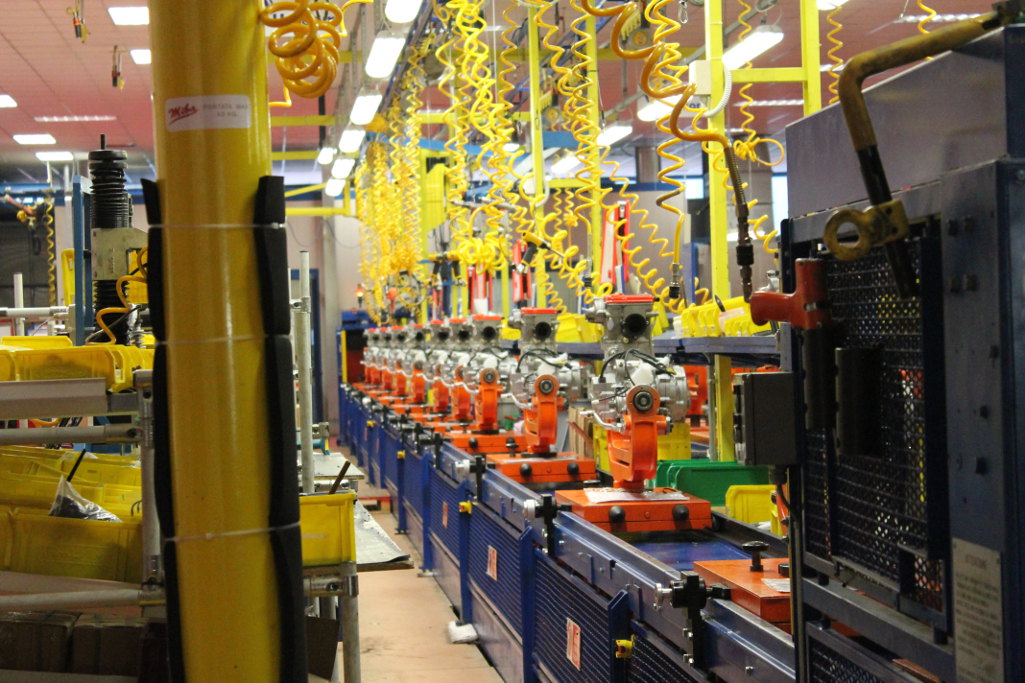
Separated into two main buildings, the first is for admin where the pen pushers and design team are located, while the second is the factory itself where the bikes are constructed on three main production lines. While seeing where the design takes place was cool, it’s the factory floor where the real magic happens and the bikes that started out as a sketch on a piece of paper become tangible machines. This is where I made a beeline for, as there is nothing like seeing how stuff is actually put together first hand.
Like most manufacturers, the parts for the SWM range are sourced from multiple outside suppliers, with the majority of parts for the 440cc classic range made in China and then assembled in Italy. The frames for the 600cc RS650R, SM650R, and Superdual (and other enduro based models we currently don’t get in New Zealand such as the 125 and 500cc varieties) are 100 per cent made in Italy, and it is quite obvious when you look at the welds, with the difference in skill and quality between the Italian and Chinese craftsmen quite apparent. With that said, in the short time between first riding the Classic range back home and the launch in Italy, the quality in the Chinese welds in particular has gone up dramatically.
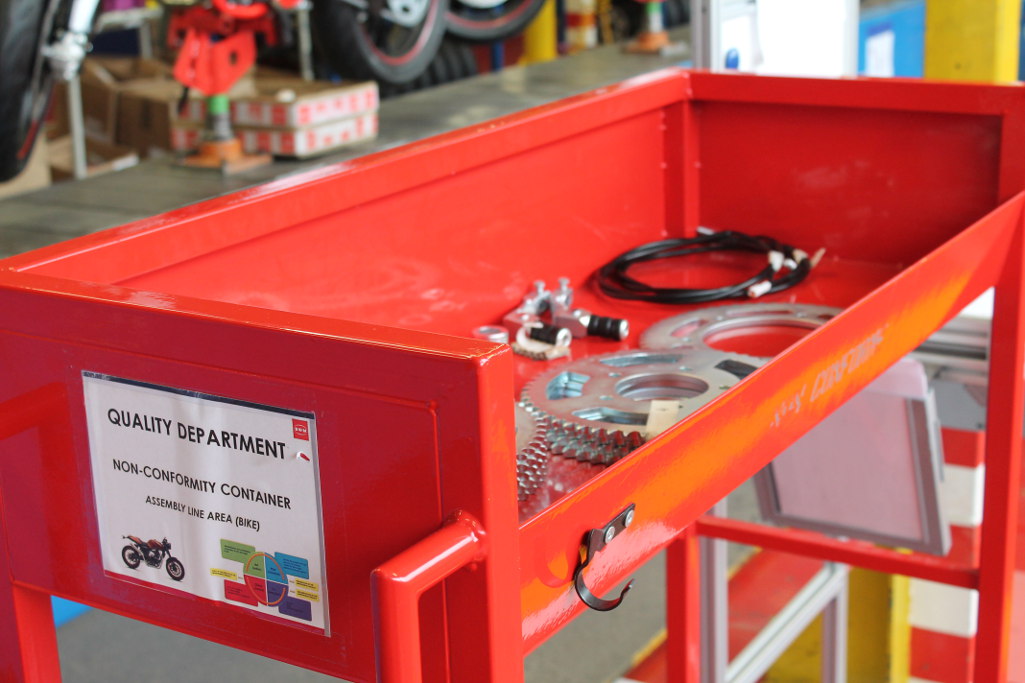
All assembly takes place in Italy at the Varese factory, with a production line dedicated to assembly of the Classic range as well as the Husqvarna derived single cylinder engine in all its capacities, as well as to actually putting together the entire range of motorcycles.
Once a bike has been assembled, it then goes to SWM’s strict quality control unit before it can be boxed up for shipping. Bikes are tested to a set number of parameters, including engine power on a dynamometer, assembly quality, and so on. If they fail to meet the required standard for any reason, the bikes are set aside in for the issue to be rectified before they will be allowed to see the light of day.
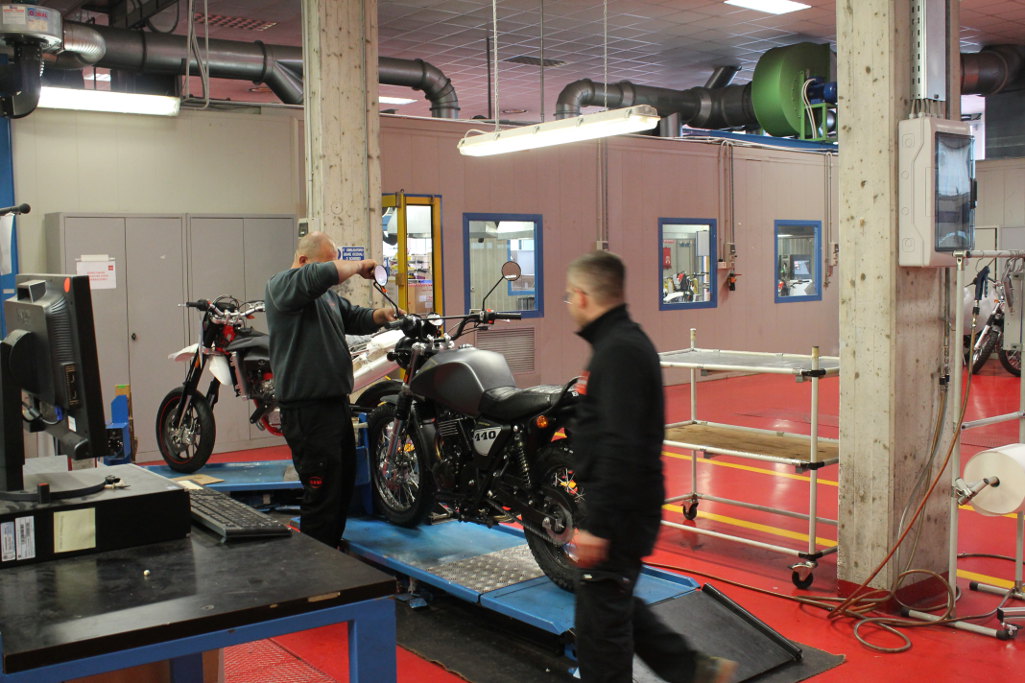 Once a bike is given the green light to be shipped they are semi-disassembled and packed into large shipping boxes to be shipped off around the world. With a large number of bikes sitting in the factory waiting to be packed, the folks who do the packing had a large job ahead of them after the journos left and they were put back to work.
Once a bike is given the green light to be shipped they are semi-disassembled and packed into large shipping boxes to be shipped off around the world. With a large number of bikes sitting in the factory waiting to be packed, the folks who do the packing had a large job ahead of them after the journos left and they were put back to work.
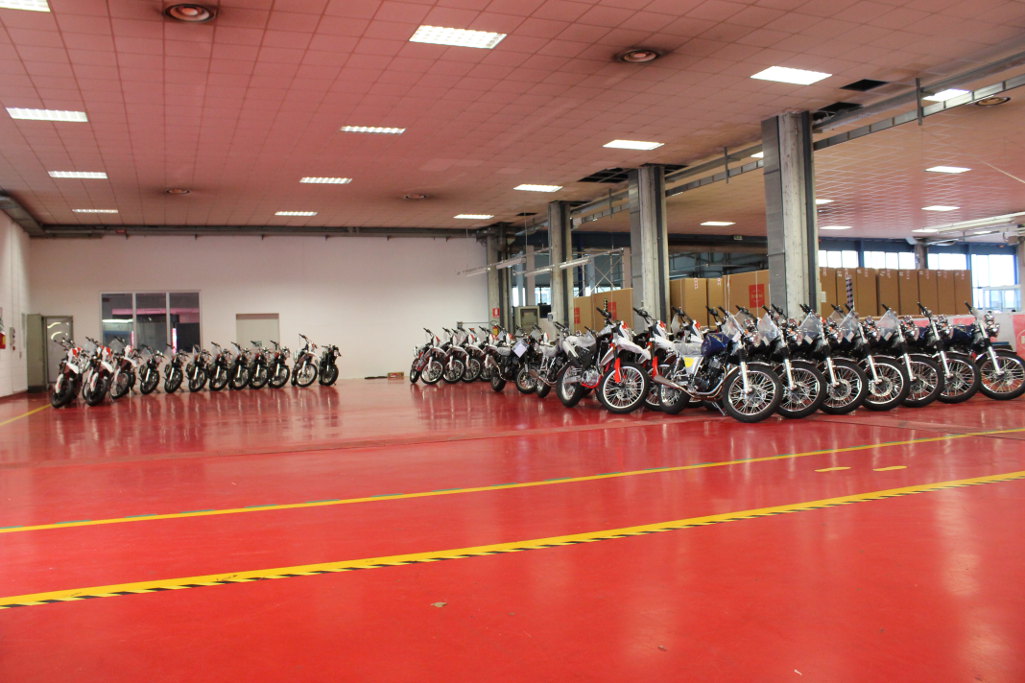 It was a rare opportunity to see what actually goes on behind the factory doors of a motorcycle manufacturer, and unlike car factories, everything is put together by hand by real people – not robots. No wonder motorcycles always seem to have a soul.
It was a rare opportunity to see what actually goes on behind the factory doors of a motorcycle manufacturer, and unlike car factories, everything is put together by hand by real people – not robots. No wonder motorcycles always seem to have a soul.



